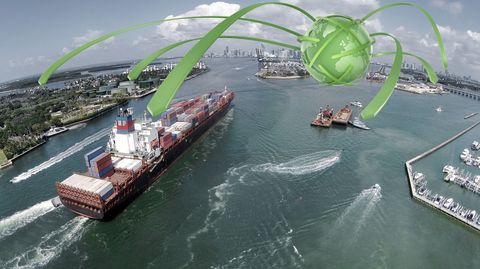The EU-Japan EPA - what businesses need to know
The EU-Japan Economic Partnership Agreement (EPA) came into effect on February 1st 2019, creating the largest open trade zone in the world. At the time of its introduction, the accord collectively accounted for approximately a quarter of global GDP and a third of international trade.
Its effects were clear to see shortly after its implementation, with exports between the two trade partners increasing by more than six percent within the space of ten months.
What is the EU-Japan EPA?
The EPA is an ongoing trade agreement between the European Union and Japan that was introduced to address pre-existing commercial barriers between the two parties.
Prior to its launch, businesses faced a range of obstacles to trade between EU member states and Japan, such as the €1 billion of duties paid annually by EU companies sending exports to the Asian nation.
The full extent of the deal included measures for Japan to scrap customs duties on 97 percent of goods being imported from EU markets. It also sought to remove various non-tariff barriers, with actions including the endorsement of international standards on cars.
On the same day that the EU-Japan EPA was introduced, a large part of the Strategic Partnership Agreement between the two parties also came into effect on a provisional basis. This accord was designed to strengthen the overall partnership by creating an overarching framework for political and sectoral cooperation.
Key goals of the agreement
In addition to the immediate priority of removing tariffs and other barriers to trade between Japan and the EU, the EPA was designed to:
- Establish a platform for ongoing cooperation between the partners and prevent future obstacles to trade
- Help shape global trade rules in line with the standards and shared values of Japan and the EU
- Send a message that "two of the world's biggest economies reject protectionism" and want to present a "model of trade liberalization to the world"
Japan's Ministry of Foreign Affairs said the EPA was expected to increase the country's real GDP by approximately one percent and boost employment by around 0.5 percent.
In a statement marking the launch of the agreement, the European Commission noted that annual trade between the EU and Japan could increase by nearly €36 billion once the deal had been fully implemented.
What effect has the EPA had?
On February 1st 2020, exactly a year after the EU-Japan EPA began, it was announced that EU exports to Japan increased by 6.6 percent in the ten months following the implementation of the agreement, compared to a year earlier. This compared to growth of 4.7 percent in the previous three years.
Over the same period, Japanese exports to Europe increased by 6.3 percent. EU commissioner for trade Phil Hogan said the EPA was "benefiting citizens, workers, farmers and companies in Europe and in Japan".
In March 2022, the deal was hailed as the "bedrock of the EU-Japan economic relationship", after it helped drive trade between the partners to €125 billion in 2021, marking a return to pre-pandemic levels.

